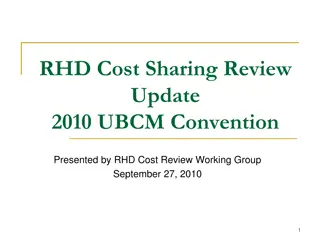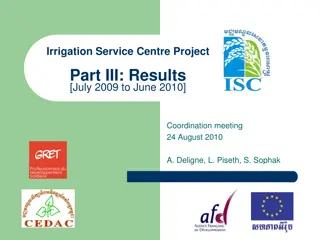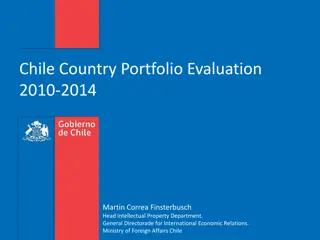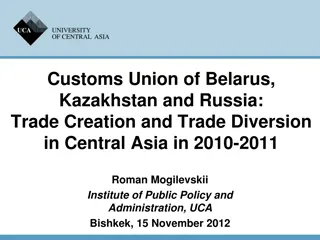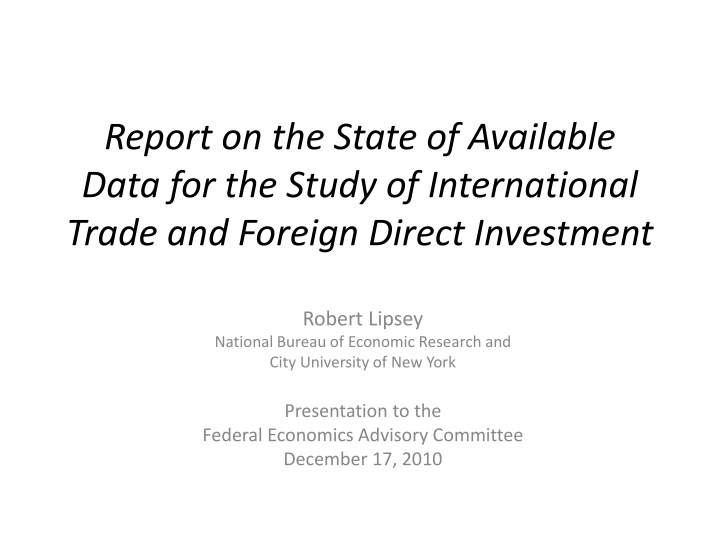
Available Data for International Trade and Investment Study: Report Overview
Explore the report on the state of available data for the study of international trade and foreign direct investment presented by Robert Lipsey. The report delves into trade and FDI data available for the U.S., policy issues affecting U.S. economy, and examples of uncertainties in country resource content of imports. Gain insights into the effects of import price changes, offshoring, and more on inflation, wages, and productivity in the U.S.
Download Presentation

Please find below an Image/Link to download the presentation.
The content on the website is provided AS IS for your information and personal use only. It may not be sold, licensed, or shared on other websites without obtaining consent from the author. If you encounter any issues during the download, it is possible that the publisher has removed the file from their server.
You are allowed to download the files provided on this website for personal or commercial use, subject to the condition that they are used lawfully. All files are the property of their respective owners.
The content on the website is provided AS IS for your information and personal use only. It may not be sold, licensed, or shared on other websites without obtaining consent from the author.
E N D
Presentation Transcript
Report on the State of Available Data for the Study of International Trade and Foreign Direct Investment Robert Lipsey National Bureau of Economic Research and City University of New York Presentation to the Federal Economics Advisory Committee December 17, 2010
Report was commissioned by the Committee on Economic Statistics of the American Economic Association. http://www.vanderbilt.edu/AEA/AEAStat/pdfs/Report_ on_Trade_Data_April_23_2010_FINAL.pdf Lipsey FESAC 12/17/10 2
Focus on trade and FDI data available for the U.S. omitting portfolio investment and international macroeconomic data. Lipsey FESAC 12/17/10 3
Policy Issues Effects of import price changes on U.S. inflation, wages, productivity. Effects of offshoring on U.S. employment, wages, productivity. Lipsey FESAC 12/17/10 4
Policy Issues Focus on measuring offshoring and its effects on wages and employment in the United States. Little attention paid to exporting, but some note taken of the uncertainty of the country resource content of imports. Lipsey FESAC 12/17/10 5
Policy Issues: Example Uncertainty of country resource content of imports highlighted by Wall Street Journal article Not Really Made in China (Wall Street Journal, December 16, 2010) on the location of the resources incorporated in U.S. imports of the iphone from China. Lipsey FESAC 12/17/10 6
Policy Issues: Example, cont. Issue: location of production of components and other intermediate products incorporated into the Chinese exports. Source of article estimates these account for most of value, with the Chinese assembly labor adding less than 4 percent. But some part of the value of the imports consists of previous exports from the United States: the value of the inventions and designs originating in the United States. The issue is reflected later in the report in the discussion of intellectual property. Lipsey FESAC 12/17/10 7
Commodity trade data Distinction between IMF Balance of Payments Manual rules and traditional rules for collection of trade data. Shares of imports in intermediate inputs of individual industries. Distinction between gross value of trade and value added. Lipsey FESAC 12/17/10 8
International price data Extremely limited data on prices in service trade. Use of Laspeyres index formulas in price indexes. Measurement of effects of switching of sources of imports. Lipsey FESAC 12/17/10 9
International price data One issue not faced in the report is the fact that a large part of international trade takes place within, rather than between, companies. Much of it is in unfinished products that cannot easily be compared with the finished products in arm s length trade between companies. Assigning the equivalent of market prices to these products is a difficult task. Lipsey FESAC 12/17/10 10
International price data In connection with the belief that current international price measurements overlook changes that take place via switching from higher-price to lower-price sources of imports, it has been suggested that prices should be obtained from buyers, rather than only from sellers, of goods and services. Many years ago, Irving Kravis and I, in a study of international trade prices that preceded the BLS entry into the field (Irving B. Kravis and Robert E. Lipsey, Price Competitiveness in World Trade, (National Bureau of Economic Research, 1971), advocated and followed the principle of collecting prices from both buyers and sellers. We also avoided the use of prices from intrafirm trade as far as possible. Lipsey FESAC 12/17/10 11
Trade in services Shift in treatment of exports for processing in new Balance of Payments Manual. Collection by type of service vs. collection by primary industry (for affiliate sales of services). High exemption levels in surveys for some services. Problem of lack of sampling frame for service trade surveys. Large number of non-comparable services. General issues lack of detail on service transactions. Lipsey FESAC 12/17/10 12
Direct Investment Data Abandonment of data collection on acquisitions of U.S. enterprises and establishments of new ones. Abandonment of physical production in a country as criterion for locating production and substitution of incorporation. Increased reporting thresholds and increased sampling for firms and affiliates. Problem of accuracy of data on smaller countries and industries. Possibility of making data available to researchers through Census RDCs. Lipsey FESAC 12/17/10 13
Direct Investment Data The latest edition of the Balance of Payments Manual (IMF, 2009) was thought to represent a retrogression in the treatment of the location of the economic activity of multinational firms. The earlier edition required that an affiliate of a multinational firm would be considered to be a center of economic interest and to be a resident unit of a country when the enterprise is engaged in a significant amount of production of goods and services there or when the enterprise owns land or buildings there. The enterprise must maintain at least one productive establishment in the country (IMF, 1993, Par. 73). In contrast, the current BPM abandons the requirement that some activity actually take place in an affiliate and substitutes a purely legal definition in terms of ownership. The new BPM states that a corporation is always resident in its economy of incorporation (IMF, 2009, Par. 4.2) and The residence of entities with little or no physical presence is to be determined from the jurisdiction of incorporation or registration. The effect is to accept the assignment of intangible and financial assets to tax havens as movements of the location of production, even when no movement of tangible production takes place. Lipsey FESAC 12/17/10 14
Direct Investment Data The Report commended the BEA for the program that allows specially sworn researchers to access respondent level versions of the inward and outward FDI data through its restricted access program, but noted the difficulty of the single location in Washington. The Committee felt that the level of research with these data and data on trade in services would be raised if the data could be made available at more locations through the Census Bureau Research Data Centers around the country. Lipsey FESAC 12/17/10 15
Trade in Ideas Effect of migration of intellectual property for tax reasons. Intangibility of capital. What does it do to the meaning of location of production? Is the flow of ideas recorded, and how? How should it be recorded. Lipsey FESAC 12/17/10 16








